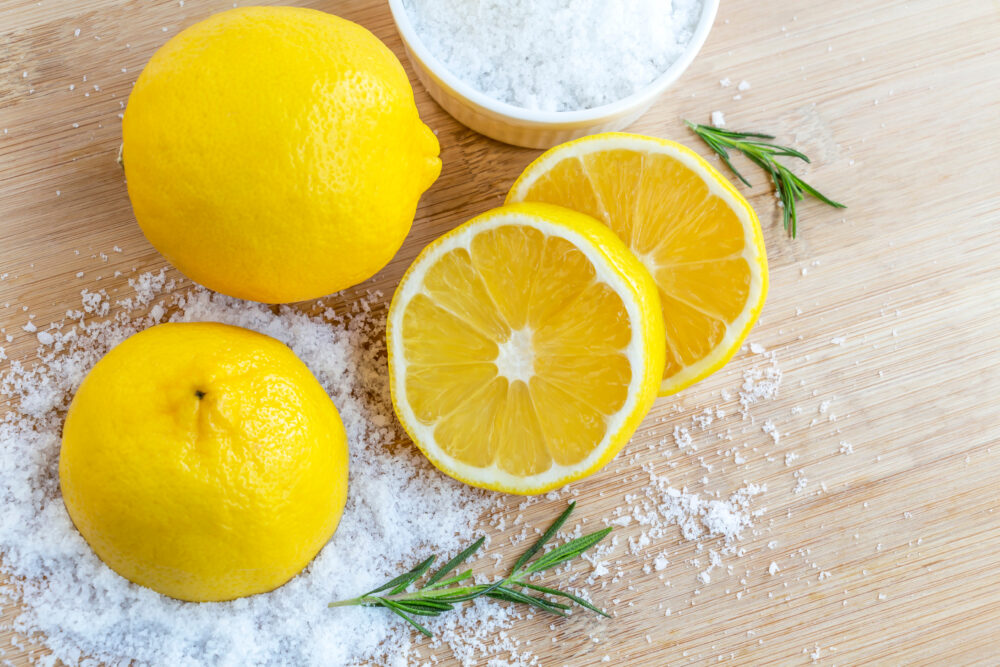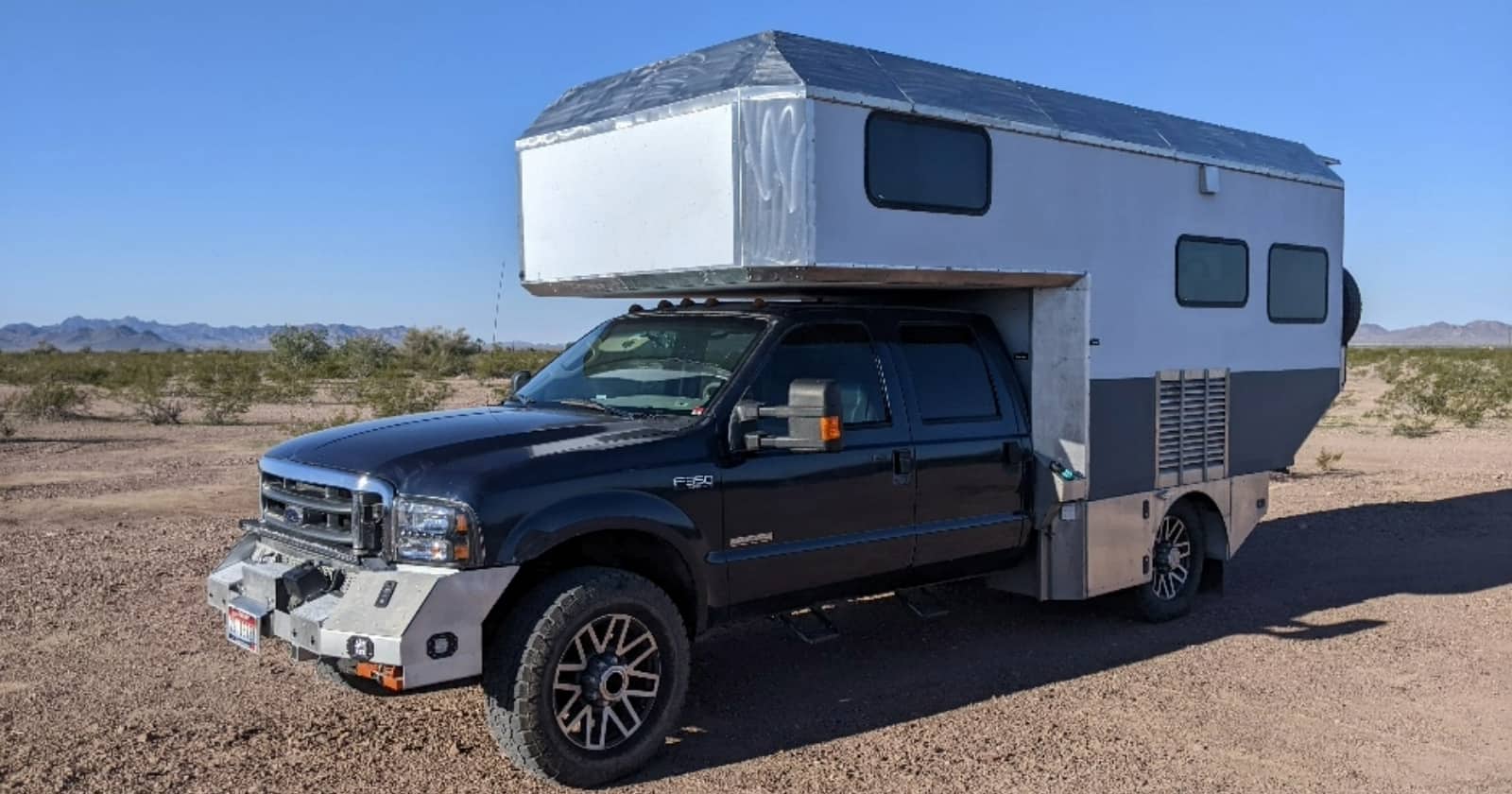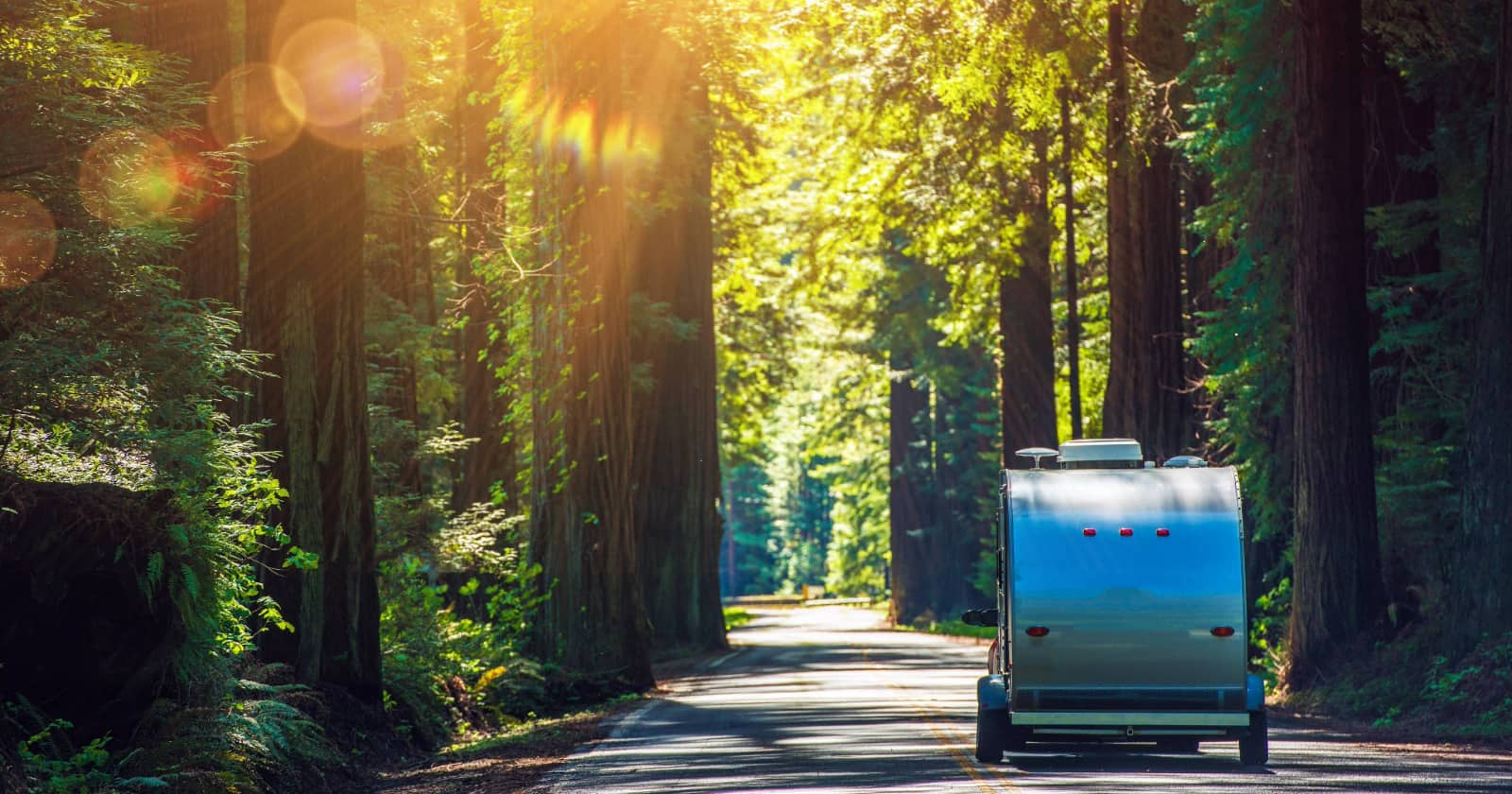
The Best Natural RV Tank Cleaning Methods
An RV provides the comfort of home on wheels, allowing enthusiasts to travel far and wide without leaving the conveniences behind. One crucial aspect of RV maintenance involves keeping the freshwater, gray water, and black water tanks clean. While commercial tank cleaners are available, many RV owners are shifting towards natural, eco-friendly options. Let’s explore some of these natural RV tank cleaners that get the job done without harming the environment.
Why is RV tank cleaning so important?
Before delving into the cleaners, let’s explore why it’s essential to keep these tanks clean:
- Health and hygiene: Ensuring your freshwater tank is clean prevents bacterial growth, ensuring safe water for consumption and use.
- Preventing odors: Over time, waste and residual particles in gray and black tanks can produce unpleasant smells.
- Ensuring functionality: Regular cleaning prevents the buildup of solids and mineral deposits, which can block sensors and lead to malfunctions.
Natural cleaners for RV tanks
1. Baking soda and vinegar
- How it works: Baking soda acts as a gentle abrasive and deodorizer. When combined with vinegar, a mild acid, it produces a bubbly reaction that helps break down waste and scrub surfaces.
- Usage: Dump one cup of baking soda into the tank, followed by two cups of vinegar. Allow it to sit for a few hours, then rinse.
2. Lemon juice
- How it works: The acidity of lemon juice aids in breaking down waste while leaving a pleasant scent.
- Usage: Add a cup of lemon juice to your tanks and let it sit for a few hours before rinsing.
3. Borax and Calgon water softener
- How it works: This combo breaks down waste while making the water ‘slippery,’ preventing buildup on tank walls.
- Usage: For a black tank of about 40 gallons, use one cup of Borax and one cup of Calgon. Fill the tank with water and drive around to agitate the mixture before emptying.
4. Pine-Sol and water
- How it works: Pine-Sol acts as a deodorizer and cleaner, effective in both black and gray tanks.
- Usage: Mix a cup of Pine-Sol with water and pour it into the tanks. Let it sit for some hours and then rinse.
5. Ice cubes and salt
- How it works: This method is more mechanical. As you drive, the ice cubes scrub the tank’s walls, and the salt acts as an abrasive.
- Usage: Dump a bag of ice and a cup of salt into the tank and drive around. The agitation helps in scrubbing the tanks. Rinse after.
6. Yeast
- How it works: Yeast helps in breaking down organic waste, especially in the black tank.
- Usage: Drop a packet of active dry yeast into your toilet with a gallon of water. The yeast aids in decomposing the waste naturally.
7. Geo method
- How it works: This popular natural cleaning method uses a combination of water softener and laundry detergent to clean and deodorize.
- Usage: Mix Calgon and laundry detergent in a bucket with water. Pour this into your tanks, fill them up with water, and then drive around. The movement, combined with the mixture, cleans the tanks effectively.
8. Essential oils
- How it works: Essential oils like lavender, tea tree, and eucalyptus can act as natural deodorizers and have mild antibacterial properties.
- Usage: Add 10-15 drops of your chosen essential oil after cleaning black or gray tanks for a refreshing aroma and additional sanitation.
Routine maintenance for a cleaner RV experience
Utilizing these methods can make a significant difference in the maintenance and longevity of your RV’s tanks. Proper care ensures smoother trips, less hassle with waste management, and ultimately, a more enjoyable RVing experience. Being proactive in your maintenance approach not only keeps your tanks in top condition but also contributes to a more sustainable and environment-friendly RV lifestyle.
Regular Emptying
- Usage: Empty your tanks, especially the black tank, frequently. Don’t wait for them to fill entirely.
- How it works: Prevents waste buildup by ensuring tanks don’t become overly full.
Proper Flushing
- Usage: After emptying, always flush your tanks with water.
- How it works: Helps remove residuals after emptying, maintaining tank cleanliness.
Healthy Habits
- Usage: Always use RV-friendly toilet paper, which breaks down faster, and ensure adequate water usage when flushing.
- How it works: Promotes faster decomposition of waste and ensures smoother flushing.
Regular Inspection
- Usage: Check tank sensors and walls for signs of mineral buildup or waste remnants.
- How it works: Helps identify issues early, ensuring longer tank lifespan and efficient functioning.
Environment-Friendly Habits
- Usage: Avoid putting harsh chemicals, oil, or grease down the drains.
- How it works: Maintains the tank’s health while being conscious of the environment.
Conclusion
Natural RV tank cleaners offer an eco-friendly and effective alternative to commercial chemicals. With regular maintenance and the right natural solutions, RV owners can enjoy their adventures without compromising on hygiene or harming the environment. By adopting these natural methods, we can play a part in preserving nature while still reaping the joys of RVing.
Remember, while natural cleaners can be gentler on the environment and your RV systems, always monitor your tanks for any unusual signs and consult with professionals or your RV manual for best care practices.
Track your RV maintenance
Make sure you keep track of all your RV maintenance and repairs with an online tool such as RV LIFE Maintenance. Not only can you keep all of your documents in one place, but you’ll also receive timely reminders when maintenance is due to help you avoid costly repairs and potentially serious accidents.




I started using Borax and Dawn this year. No odor problems or poop pyramids. As for Rv toilet paper, that’s just a rip off. If it’s safe for my septic, it’s safe for my holding tank. I use Kirkland brand from Costco.
Have it done once a year by a professional with a jetter. Non of these methods work. Most just cover up the smell. 1500psi of water will truly clean your tanks.
Have it done once a year by a professional with a jetter.
Great ideas, thanks to all.
Enjoy reading and learning from the articles
I add a generous amount of Dawn and 5 gallons of water then drive around a bit. Dump and flush, works great.